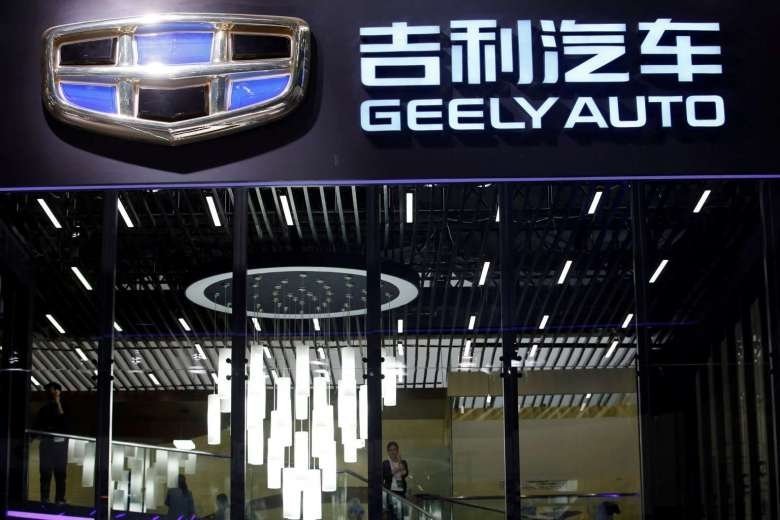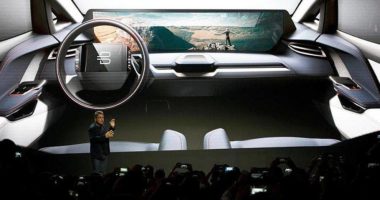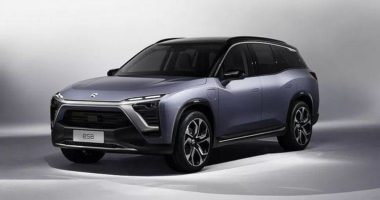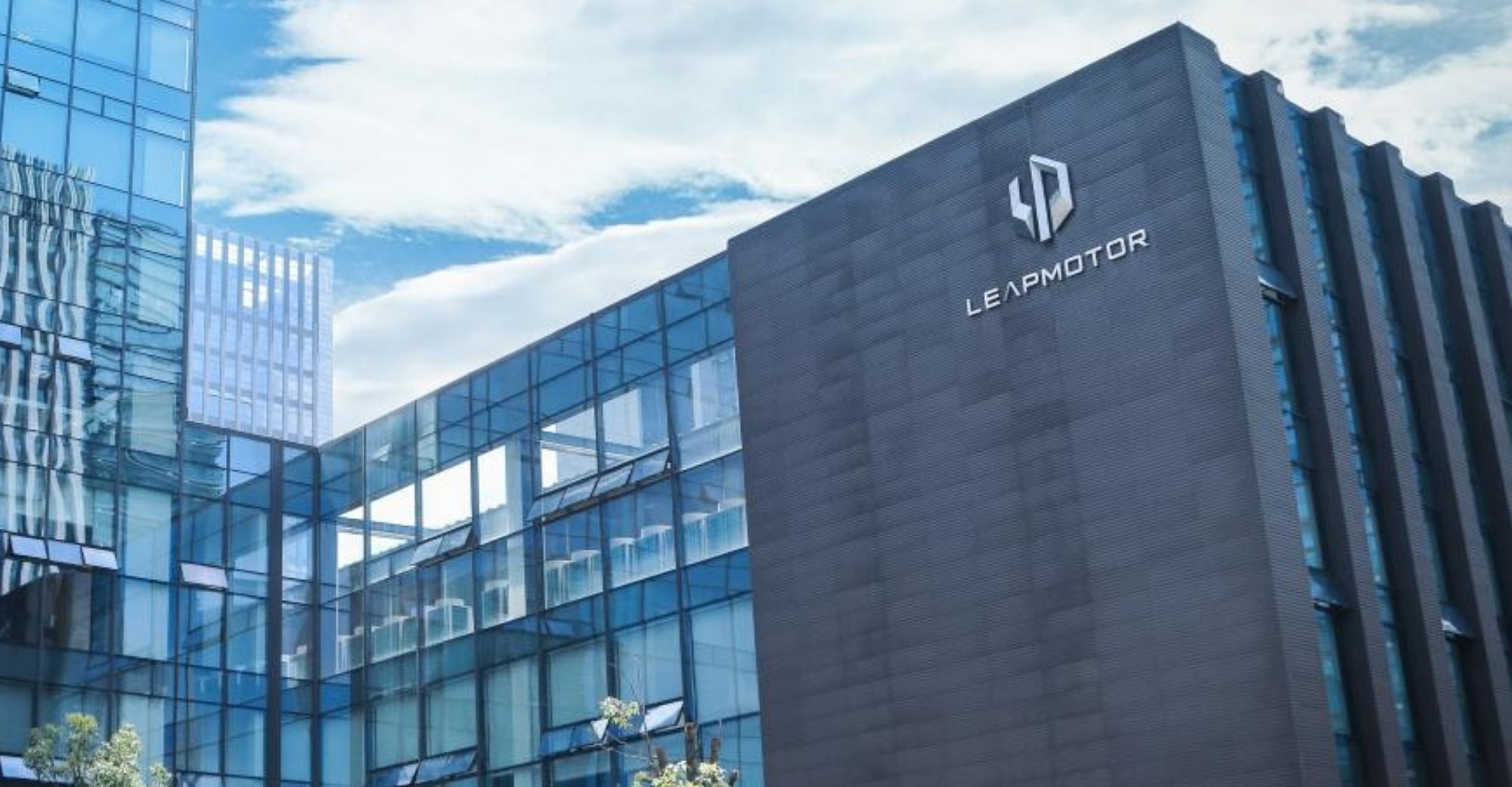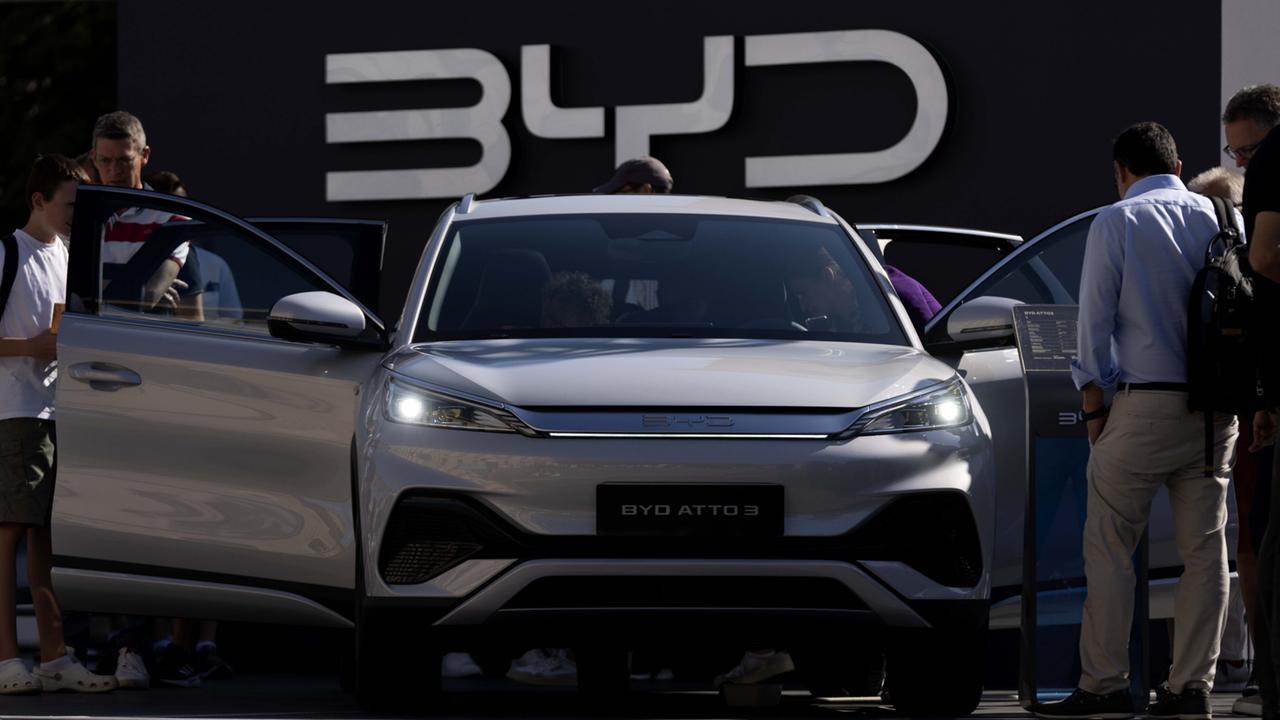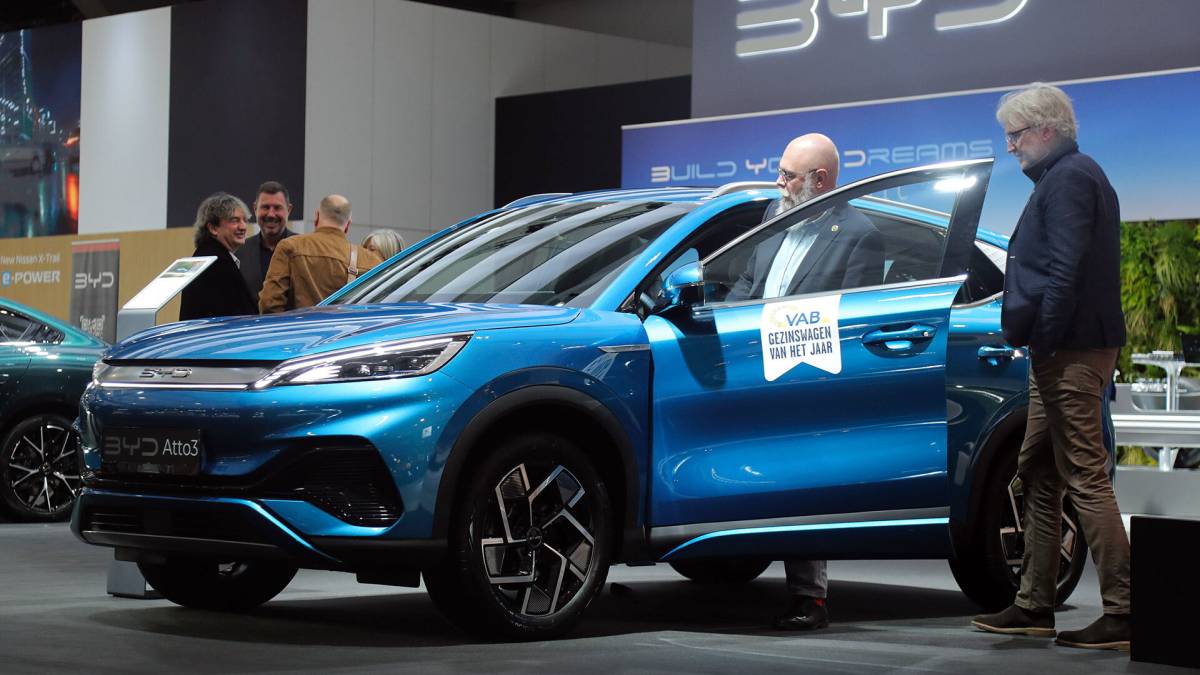Das chinesische Elektroauto Startup Xpeng Motors erhält in einer weiteren Finanzierungsrunde frisches Kapital. Dabei werden sich neben dem E-Commerce Riesen Alibaba in dieser Runde auch der iPhone Produzent Foxconn und die Venture Capital Gesellschaft IDG beteiligen. Xpeng Motors hatte auf der CES Anfang Januar mit dem Xpeng G3 sein erstes Serienfahrzeug vorgestellt, allerdings gab es auf der CES noch erhebliche Unsicherheiten zum Serienstart des Fahrzeugs bzw. zwecks der Finanzierung des Marktstarts. In der neuen Finanzierungsrunde erhält Xpeng Motors nun 348 Millionen USD und plant nun den Marktstart des G3 in der zweiten Jahreshälfte 2018.
Der Xpeng G3 ist ein Elektro SUV der Ganz der chinesischen Mentalität entspricht und über einige Gimmicks verfügt, die wir durchaus als ungewöhnlich bezeichnen dürfen. Das hervorstechende Gimmick ist dabei die auf dem Dach verbaute 360 Grad Kamera, die nicht dafür vorgesehen ist autonomes Fahren zu unterstützen, sondern eher eine Art hochwertige Dash-Cam ist, mit der sich 360 Grad Live Videos der Fahrt aufnehmen lassen und diese direkt via LTE gestreamt oder geteilt werden können. Gesteuert wird das Ganze über ein großes vertikal ausgerichtetes Touchscreen Display oder über eine App, die jeder Eigentümer des Fahrzeugs von Xpeng zur Verfügung gestellt bekommt. Der Xpeng G3 ist mit einem Elektromotor ausgestattet, der 190 PS leistet und mit Akkus, die im gemischten Betrieb des Fahrzeugs mindestens 300 Kilometer Reichweite garantieren sollen. Das chinesische Elektrofahrzeug wird bei dem chinesischen Autohersteller Haima gefertigt und soll für einen Einstiegspreis von umgerechnet 31.500 Euro, abzüglich der jeweiligen staatlichen Förderung in China, ab ca. der zweiten Jahreshälfte 2018 erhältlich sein.




